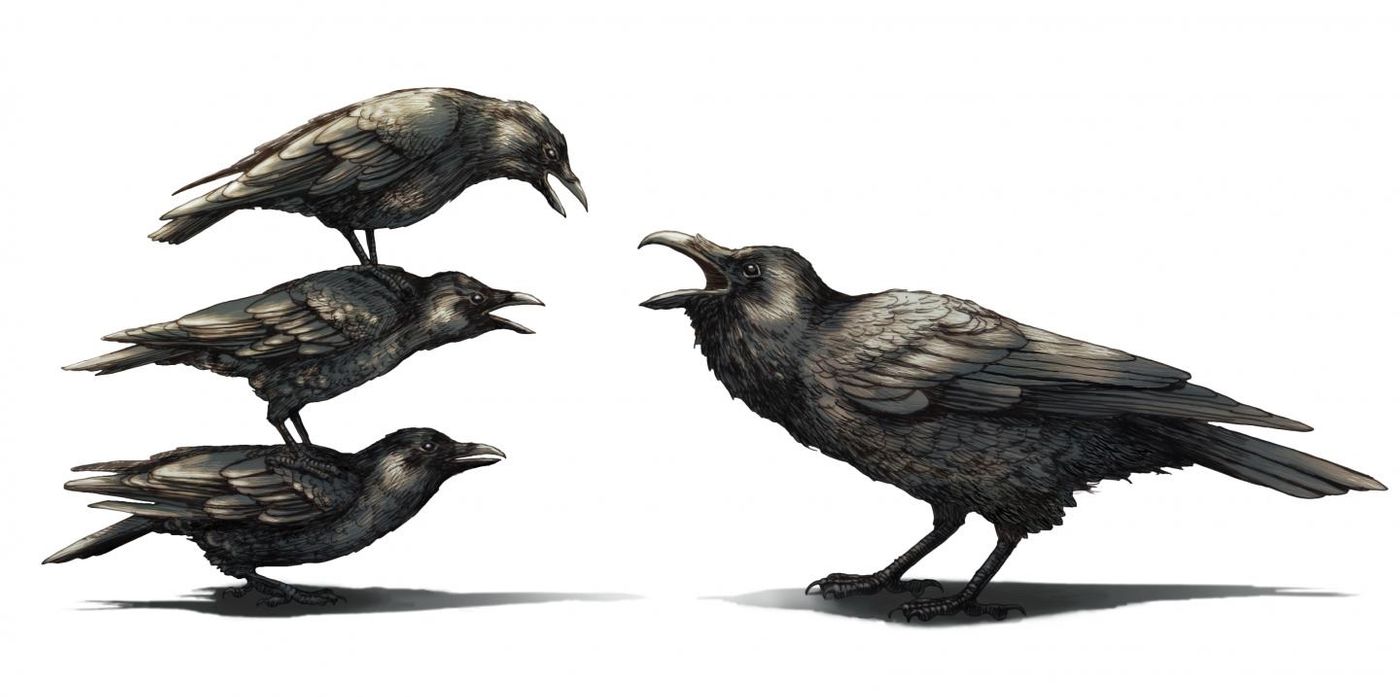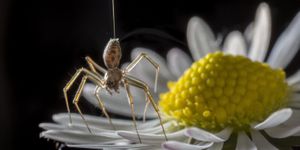Crows Found to Instigate Fights with Ravens
Crows and ravens are both black birds, but that’s about where the similarities end. The two birds are notorious for clashing with one another in the wild, and curious researchers from Cornell University say they’ve uncovered a few details regarding this known behavior.
Reporting in the journal The Auk: Ornithological Advances, Cornell’s Ben Freeman and colleagues document their findings after closely analyzing more than two-thousand individual reported observations of American and Northwestern crows inciting violence upon common ravens.
Image Credit: Phillip Krzeminski
One of the most substantial details reported is that crows instigated the violence most of the time, and rather unanimously at that. In at least 97% of the reported clashes, American or Northwestern crows were the aggressor bird; not the ravens.
Surprising findings? Perhaps. After all, crows are smaller than ravens. But the findings also revealed that crows use power in numbers to their advantage and antagonize ravens in groups rather than confronting them one-on-one.
Related: Tropical birds may out-live their temperate counterparts
“There are two take-home messages; first, we show that bigger birds do not always dominate smaller birds in aggressive interactions and that social behavior may allow smaller birds to chase off larger birds,” Freeman explained.
“Second, this is a case example of the power of citizen science. It would be next to impossible for even the most dedicated researcher to gather this data across North America. But because there are thousands of people with expertise in bird identification and an interest in bird behavior, we can use data from eBird to study behavioral interactions on a continental scale.”
Related: Are there twice as many bird species as originally thought?
As it would seem, most of these nefarious activities took place during the breeding season. That said, smaller crows could be using this tactic to chase off predatory ravens and increase reproductive success. Scaring the ravens away would prevent crow eggs from being eaten and preserve nearby resources so that the parent crows can provide for their young.
Then again, much of this idea is theoretical, and additional studies would need to be conducted to validate whether this was actually the case or not.
Assuming scientists delve deeper into the Cold War that exists between crows and ravens, it should be interesting to see what they find. After all, it could teach us more about the animals’ behavior and help with future conservation efforts if they’re ever needed.
Source: EurekAlert









